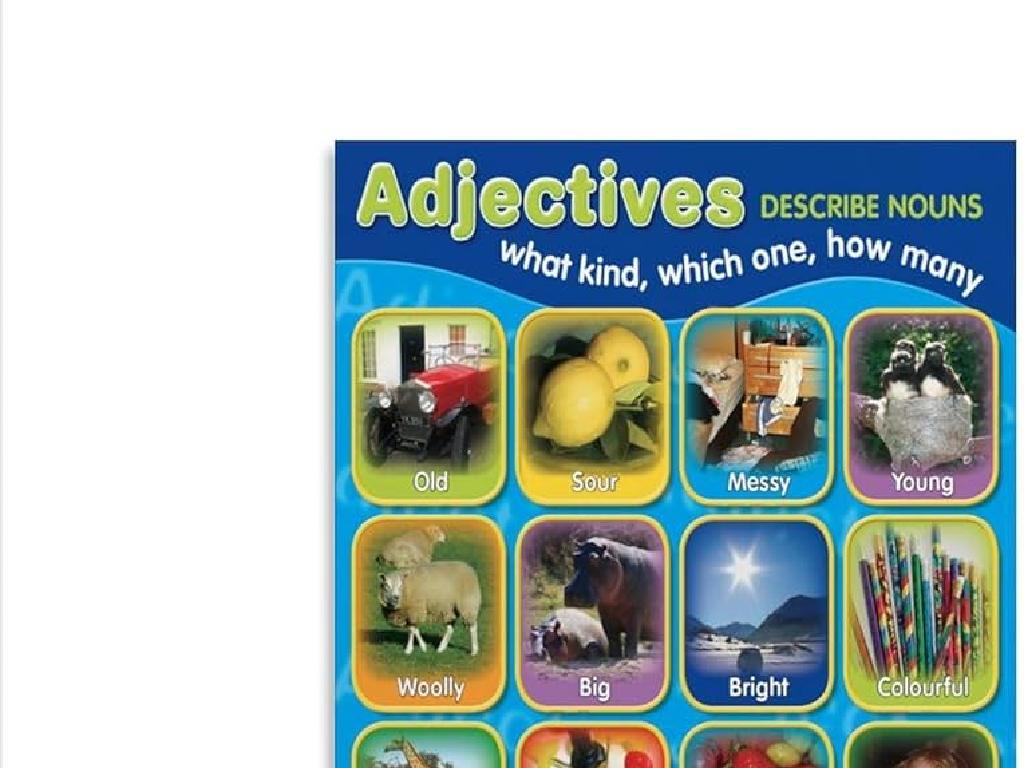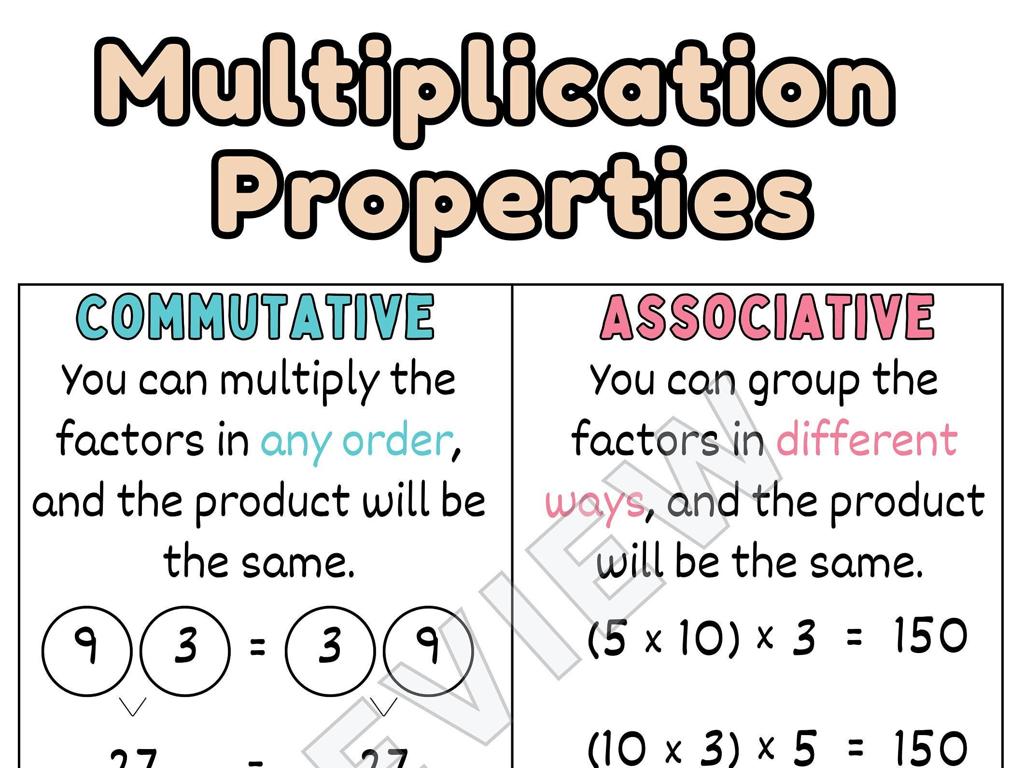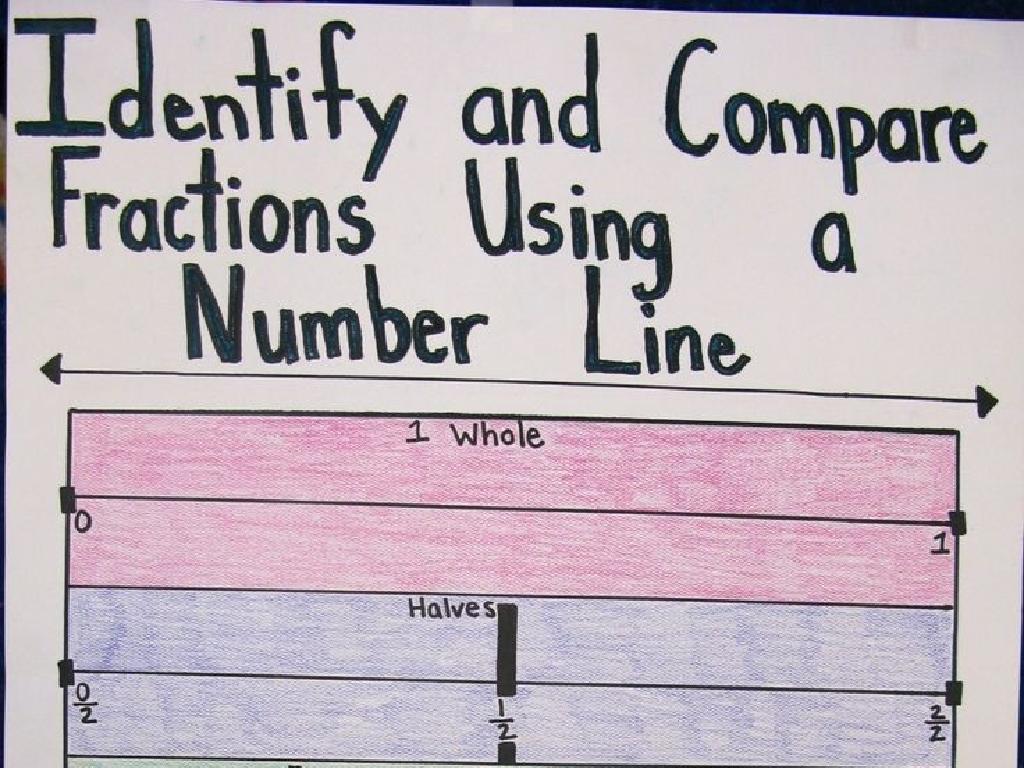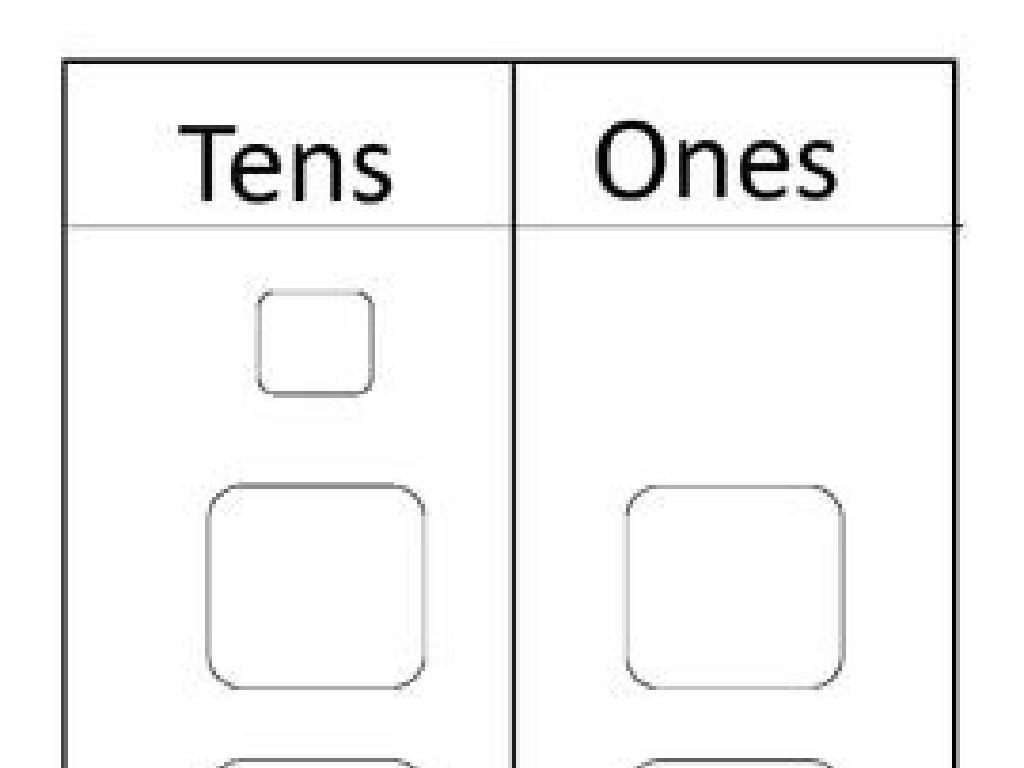Identify Shortage And Surplus
Subject: Social studies
Grade: Sixth grade
Topic: Supply And Demand
Please LOG IN to download the presentation. Access is available to registered users only.
View More Content
Introduction to Supply and Demand
– Explore market economy basics
– Define supply and demand
– Supply is how much is available, demand is how much people want
– Daily impact of supply and demand
– Prices of toys, food, and clothes are examples
– Interaction shapes market prices
– High demand with low supply can increase prices, and vice versa
|
This slide introduces the foundational concepts of a market economy, focusing on supply and demand. Begin by explaining the market economy as a system where prices are determined by what people want to buy (demand) and what is available (supply). Define supply and demand clearly, using examples relevant to students, like the availability of a popular toy or seasonal fruits. Discuss how these forces affect everyday life, such as how the scarcity of a new video game can drive up its price, or how a surplus of rain boots in the dry season can lower prices. Highlight that the interaction between supply and demand is what shapes the prices of goods and services in the market.
Understanding Supply in Economics
– Define Supply
– Supply is the total amount of a product available for purchase.
– Factors affecting supply
– Price, production costs, and technology can change supply levels.
– High supply real-life examples
– Seasonal fruits in summer or tech products after a new release.
– Impact of surplus on market
|
This slide introduces the concept of supply, a fundamental element in the study of economics, particularly within the framework of supply and demand. Supply refers to the quantity of a good or service that the market can offer. Various factors can influence supply, including the cost of production, technological advancements, and the price of the goods or services. Provide examples that are relatable to students, such as how the supply of ice cream is high during summer or how the latest gadgets are plentiful right after launch. Discuss how an excess of supply, known as a surplus, can lead to lower prices and potentially to wasted resources. Encourage students to think of other examples of high supply and consider the effects on pricing and consumer behavior.
Understanding Demand in Economics
– Define economic demand
– The desire to own something and the ability to pay for it
– Explore factors influencing demand
– Price, income levels, and consumer preferences
– Real-life high demand examples
– Popular video games or holiday toys
– Discuss demand’s role in markets
|
This slide introduces the concept of demand, a fundamental element of economics, which is the desire to purchase goods or services and the ability to pay for them. Discuss with students how various factors such as price changes, income levels, and personal preferences can influence demand. Provide relatable examples such as the high demand for the latest video games or toys during the holiday season to illustrate the concept. Explain how demand, along with supply, helps determine the price and availability of products in the market. Encourage students to think of other examples where they have seen high demand and to consider how their own choices are influenced by these factors.
Understanding Shortages in Supply and Demand
– Define a shortage
– A shortage occurs when demand exceeds supply.
– Explore causes of shortages
– Causes can include increased demand, reduced supply, or both.
– Examine a toy shortage example
– Example: A new toy becomes a hit, but stores run out quickly.
– Discuss impacts on consumers
|
This slide aims to help students grasp the concept of a shortage within the context of supply and demand. A shortage happens when there’s not enough of a product to meet the consumers’ wants. Various factors can lead to a shortage, such as natural disasters affecting production or a sudden spike in popularity. For instance, when a new toy becomes a must-have item, manufacturers may not be able to keep up with the sudden increase in demand, leading to a shortage. It’s important for students to understand how shortages can affect both consumers and producers, often leading to price increases and consumer frustration. Encourage students to think of other examples and consider the effects of shortages in those scenarios.
Understanding Surplus in Supply and Demand
– Definition of Surplus
– Surplus occurs when supply exceeds demand.
– Causes of Surplus
– Overproduction, reduced demand, or pricing issues.
– Example: Unsold Cars
– Car dealerships may have too many cars if fewer people are buying.
– Impact of Surplus
– Surplus can lead to waste or lower prices.
|
This slide aims to help students identify and understand the concept of surplus within the context of supply and demand. A surplus occurs when there is more of a product available than what people are willing to buy. Common causes include overproduction, a decrease in demand, or incorrect pricing. An example of a real-world surplus is when car dealerships have an excess of unsold cars, which can happen if consumer demand drops or if too many cars are manufactured. Discuss the impact of surplus on the market, such as potential waste or the lowering of prices to increase demand. Encourage students to think of other examples of surplus and consider its effects on businesses and consumers.
Shortage vs. Surplus: Understanding Supply and Demand
– Compare shortage and surplus
– Shortage: demand > supply; Surplus: supply > demand
– Self-correction in markets
– Market adjusts with changes in price and quantity
– Prices: Balancing factors
– High demand & low supply = price rise; Low demand & high supply = price drop
– Impact on consumers and producers
|
This slide aims to explain the concepts of shortage and surplus within the context of supply and demand. A shortage occurs when the demand for a product exceeds the supply, often leading to increased prices as consumers compete for limited goods. Conversely, a surplus happens when the supply of a product exceeds the demand, which can result in lower prices as producers try to sell excess stock. Over time, the market tends to self-correct as prices adjust, influencing both consumer behavior and production levels. It’s important for students to understand that prices play a crucial role in balancing shortages and surpluses by signaling to consumers and producers when to buy more, produce less, or vice versa. Use real-life examples like a popular toy during the holiday season (shortage) or unsold umbrellas during a particularly dry season (surplus) to illustrate these concepts.
Class Activity: Market Simulation
– Students split into buyers and sellers
– Engage in a simulated market
– Identify shortages and surpluses
– Shortage: too many buyers, not enough goods. Surplus: too many goods, not enough buyers.
– Discuss findings within groups
|
This interactive class activity simulates a market to help students understand the concepts of shortage and surplus. Divide the class into small groups, assigning some to be buyers and others sellers. Provide each group with different scenarios that depict either a shortage or a surplus. For example, a seller with few sports balls and many buyers leads to a shortage, whereas a seller with many sports balls and few buyers indicates a surplus. Allow the groups to discuss and identify the shortages and surpluses in their scenarios. Encourage them to consider the effects of these conditions on prices and consumer behavior. After the activity, bring the class together for a discussion to share their observations and insights. This will reinforce their understanding of supply and demand dynamics.






